Jaeger-LeCoultre introduced an all-new collection, called Polaris, at SIHH 2018, with each of the new models bearing the direct aesthetic influence of the now-classic Memovox Polaris, a mechanical alarm-equipped dive watch launched in 1968. During the salon in Geneva, I had the opportunity to speak about how a 1960s classic becomes a 21st-century collection with the man who spearheaded the modern Polaris’s design and development, Jaeger-LeCoultre Product Design Director Lionel Favre.

MB: What made you want to become a designer, specifically a designer of watches?
LF: I started in jewelry design, and worked for several brands including Chopard, where I was Head of Design. Personally I preferred to make my own designs — taking a pen to paper is a pleasure for me. And now that I have some experience [with watch design] I found it very interesting to develop an entire collection.
MB: You prefer using pens and pencils to using a computer?
LF: Yes, definitely. It’s very important in our design department that we start our designs by hand because this is the best way to go deep into the subject. When you have sketched the beginning of an idea, you can start on the computer. But you need to start with the blank paper and take the pen.
MB: What sets Jaeger LeCoultre apart as a brand in terms of how you approach the design, compared to other brands that you’ve worked with?
LF: Certainly the design territory of Jaeger LeCoultre is very linked to the classic, elegant, and well-proportioned models and to high complications. Innovation is a part of the brand, but much of that aspect is less expressive, it’s more underneath, in the movement. When a designer speaks with the engineers, they normally speak about process, precision, et cetera, and we do speak about that, but we speak more about beauty, internal and external. When Jaeger-LeCoultre designs a movement, it’s very important that it’s a beautiful movement, not just reliable; we want to create something with good proportions, with beautiful screws, decorations. To me, that’s the most relevant aspect of the spirit of Jaeger LeCoultre that differentiates it from other brands.
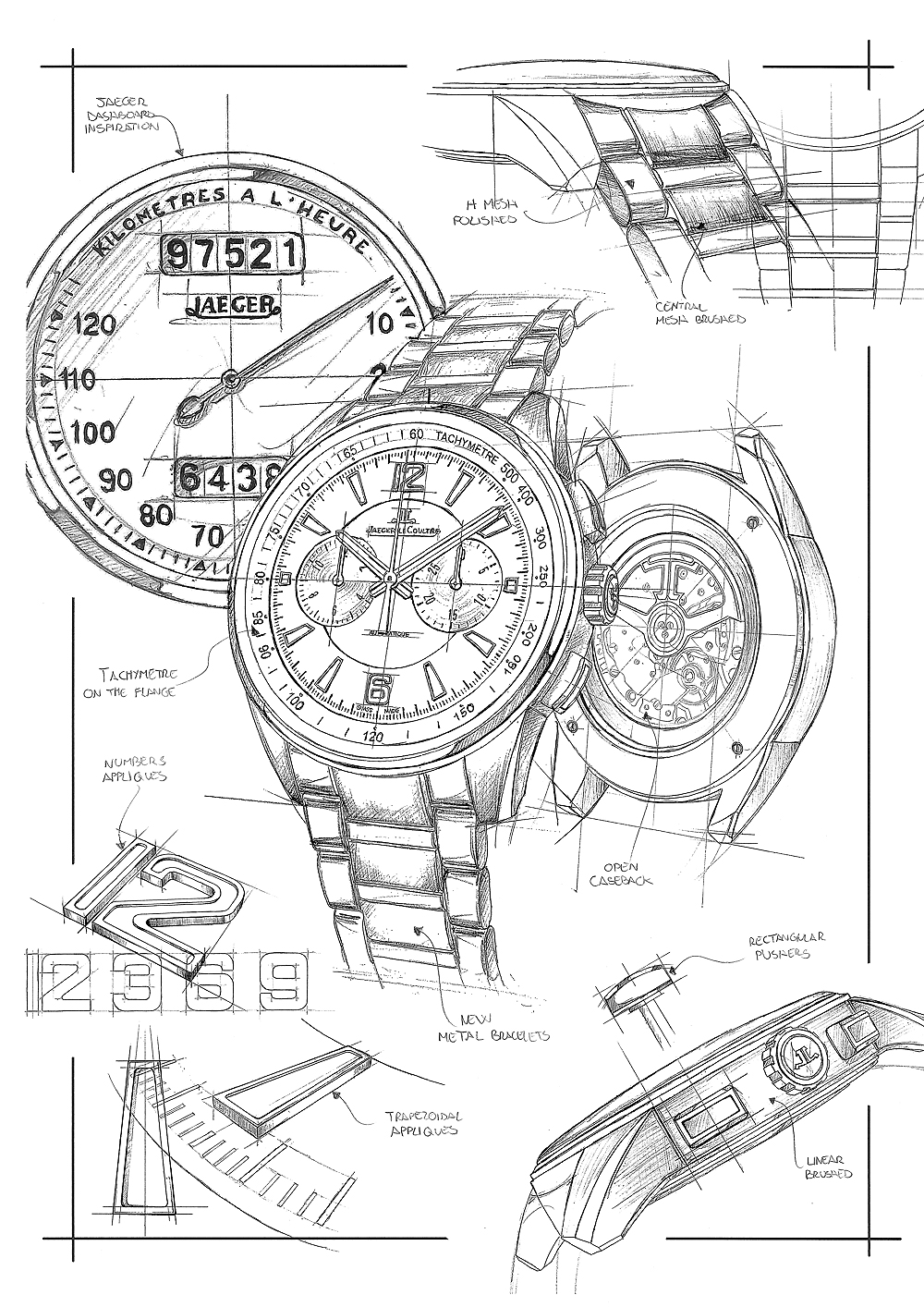
MB: So the concept of beauty is actually worked into the mechanical side of it as well as into the case and dial?
LF: Yes. It’s not only the dial, the leather strap, and the case. The mindset is that we try to make every step in the watchmaking classically beautiful.
MB: What’s the main difference between designing watches and designing jewelry?
LF: In some respects, I think they’re very similar because in the end what you want to have is something with good light reflections and often using the same materials, such as gold. Especially in designing a watch for ladies, in the end what she wants is basically a jewel, or at least something between jewelry and watchmaking. If she wants to read the time she can look at her iPhone. So, it’s really close.
MB: Others who design for watch companies have come from automotive design, furniture design, and other specialties. Do you think different design backgrounds make a difference in how one approaches designing watches?
LF: I think a lot of designers from the automotive category get involved in designing watches, and some are very good, but it’s really, really different because [with watches] we are in a very traditional world with a lot of existing codes. If you want to be very innovative and put some automotive codes into your watch it’s good if that’s the type of watch you’re creating. If you want to create a watch that fits into the tradition of watchmaking, it’s a bit more difficult to include them.
MB: How do you approach updating a classical vintage watch like the Polaris and expanding it into a whole line that includes chronographs, world-timers other features that were not part of the original, and still keep true to the original vision of the watch?
LF: The main challenge is in identifying the spirit of Polaris, through its codes and its history. When you are confident you have all these assets, then you try to transport them into a new vision and a new collection. For sure, the defining feature of the Polaris Memovox model from 1968 was its mechanical alarm function. When you make it a chronograph, you lose that historic link, but you still have the aesthetic elements: the three concentric circles, the style of the flange, the hour indexes, and the rotating inner ring. In the Automatic model, for example, you can see the three concentric circles with the three different finishes — the center with the sunray brush, the middle with the graining, and the flange with the opaline. Of course, there is also strong design of the flange and the two crowns. The essence of the watch is essentially the graphic dial, with the clear, oversized indexes, upon which it’s very easy to read the time. That was the main asset that we wanted to preserve in the new collection.
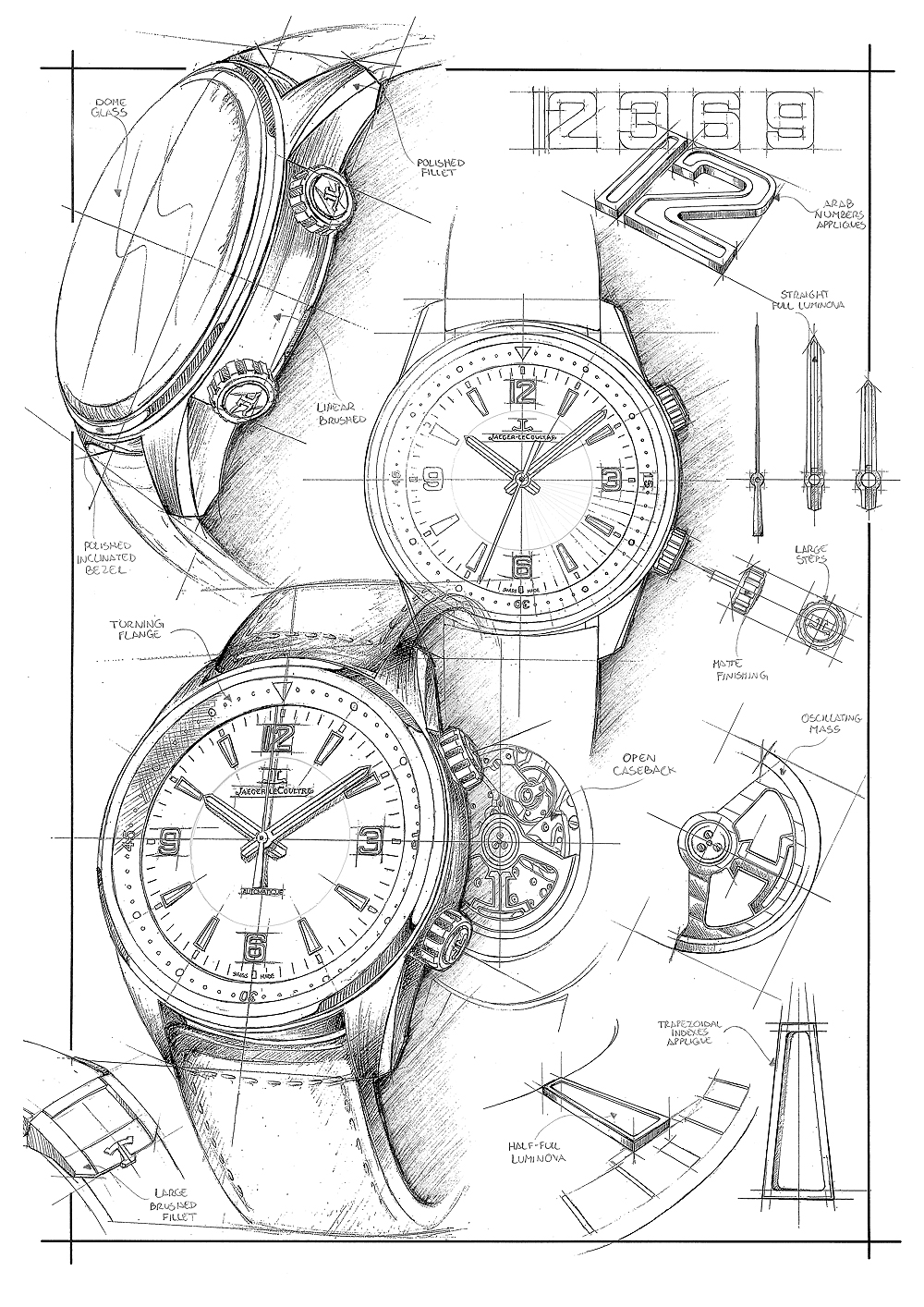
MB: So if I understand what you’re saying, it’s about honing in on a couple of key features without obsessing over every little feature, and expanding from there?
LF: Exactly. You need to have the feeling that each model is part of the family, but you don’t need each to be a photocopy of the original model. If you look at the original model, you’ll see it’s very difficult to re-create exactly the same feeling. The new models all look very similar but the case finishing is different, the types of material used inside it are different and the overall look is hopefully more modern. The numerals are larger, the box crystal is updated; it’s the same, but different.
MB: The Chronograph model is a good example of sporty meets luxury.
LF: On the Polaris Chronograph in black, we have a new metal bracelet with a combination of different finishes, polished parts and satin parts. It’s very difficult to achieve these different finishes because you need to polish it all by hand; it can’t be done very quickly. All these small details — down to which surfaces are brushed and which are polished — are all determined in the sketches and are very important in terms of process.
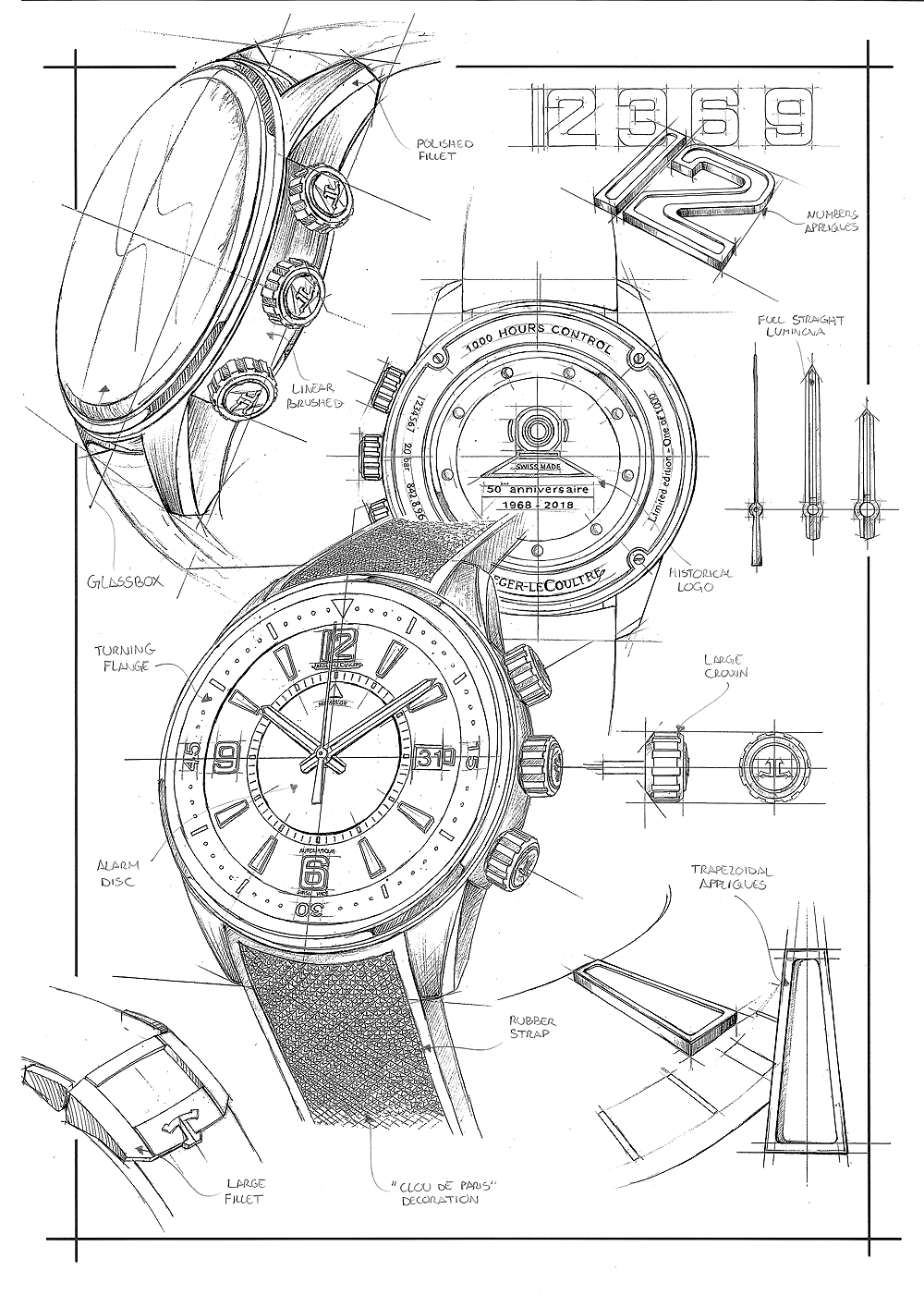
MB: And I would think that the Chronograph WT [World Timer] presented the biggest challenge, as far as keeping the look within the family?
LF: Yes, I agree. That watch is 44 mm in titanium, and we added a useful function. In fact, we decided that the Polaris line would have only useful functions. A chronograph is useful, and a world time function is also useful. We added the chronograph because the world-time function alone might not have looked sporty enough and without it the 44-mm case diameter may have looked a bit empty. We needed it to be sporty because the original inspiration was a sports watch. We also use calfskin straps rather than crocodile straps, which to me are less “business”-oriented, and the buckle is new, with both satin-brushed and polished parts.
MB: Tell me about the two vintage-inspired tribute editions.
LF: We created an automatic without the Memovox alarm function, because it is a somewhat expensive complication, and we really wanted a watch that kept the spirit of the original but could be sold at an entry-level price. Like the others, we gave it a more modern look, with different finishing, the use of the faux-patina color in the numbers instead of white, the two crowns, the movable flange, and the especially beautiful modern movement. Also, you’ll notice, since it’s not the same movement as the original, the new watch doesn’t have a date. It’s more of a purist design. And for those who want the authentic Memovox function, we offer that version, which is also a limited edition, at a higher price point.


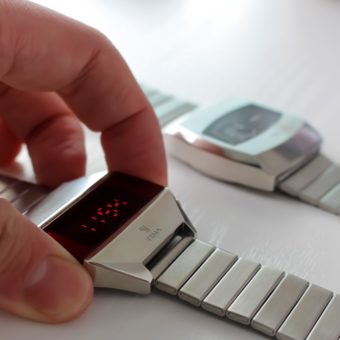
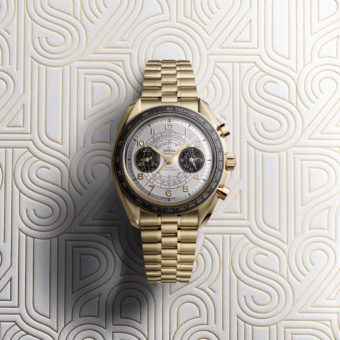
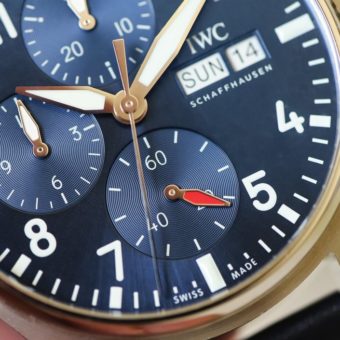
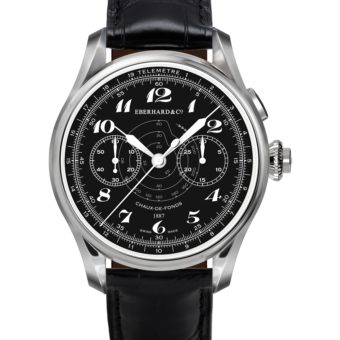
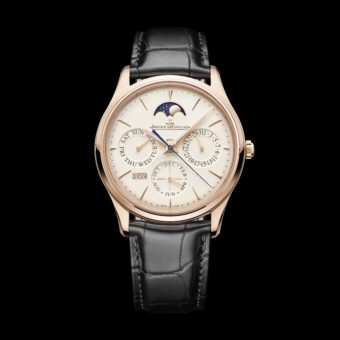
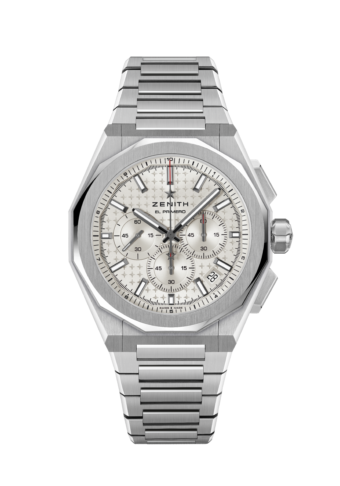
i like this above watch can ou pie kindly give me the ref of the watch and the price
many thanks